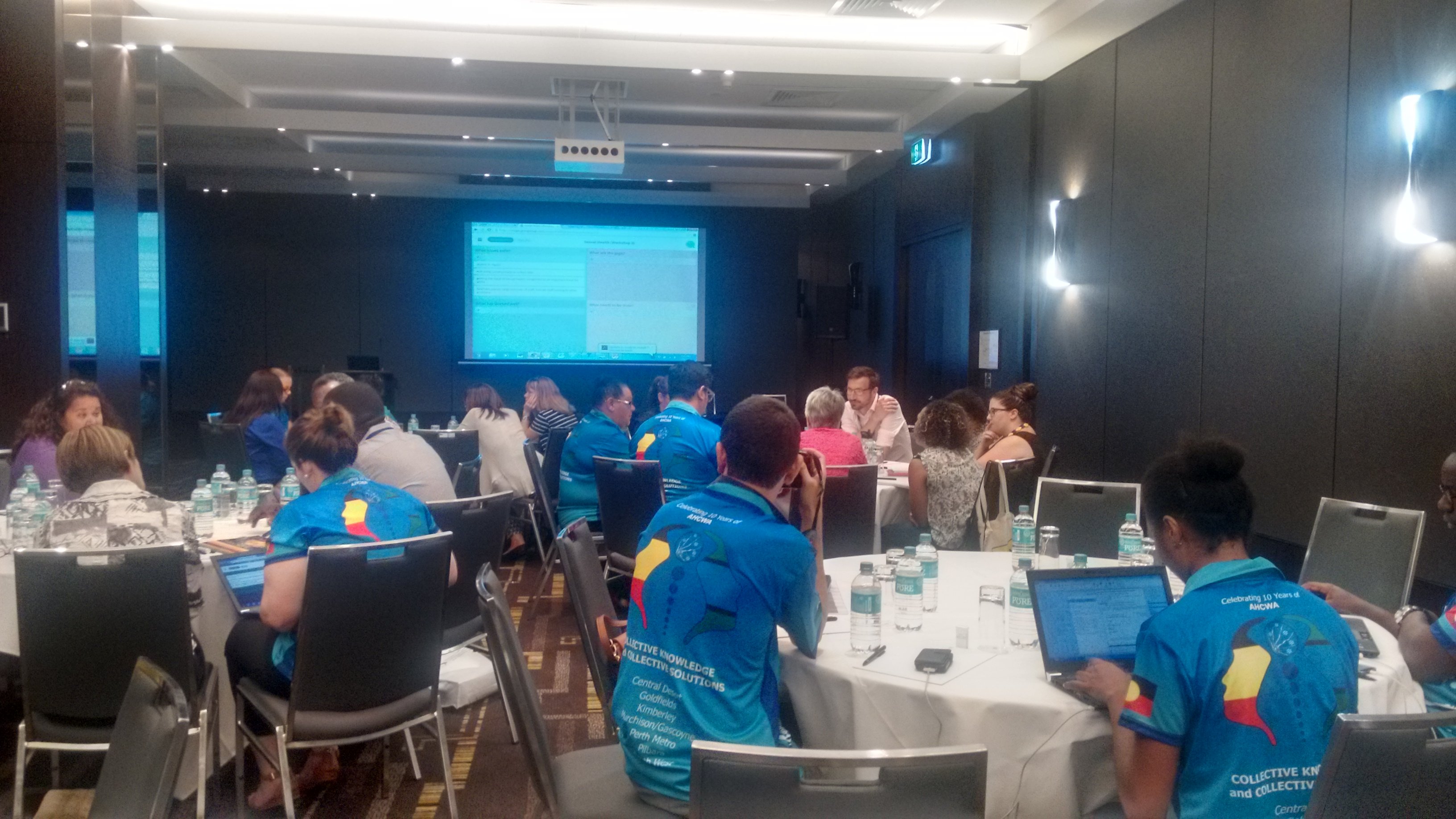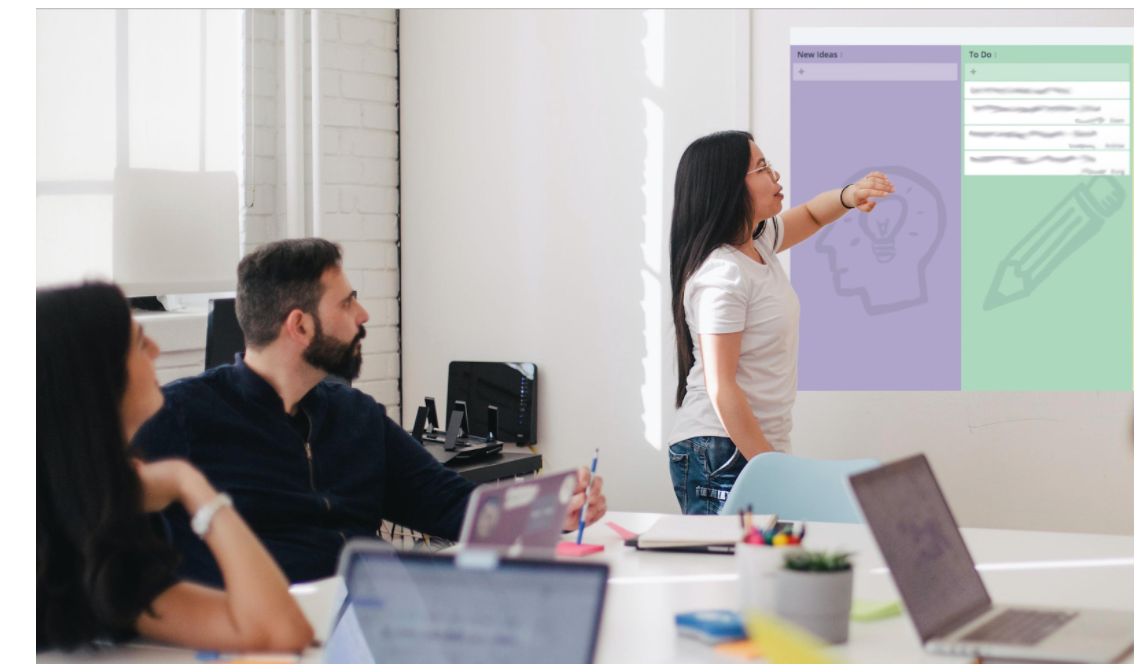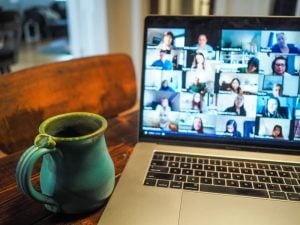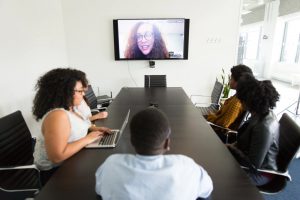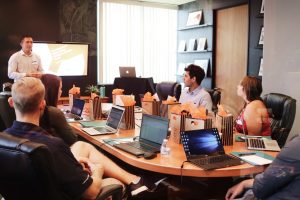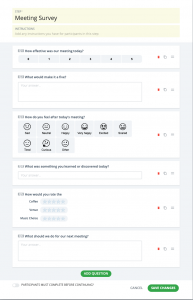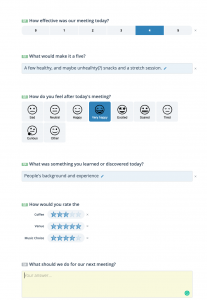Setting the scene
Aboriginal Health Council of WA (AHCWA) is the peak body for the 22 Aboriginal Community Controlled Health Services and was looking to engage their delegates with interactive facilitation tools at their conference.
The conference involved sixteen wonderful presenters discussing subjects ranging from environmental health issues to sexual health and social issues. 12 engaging workshops over 2 days involved key stakeholders from healthcare professionals to community members to policymakers. GroupMap (workshop facilitation tool) captured thoughts, opinions, and potential solutions from over 250 participants in real-time. Read on to find out how.
How were the workshops run?
Each workshop began with a presentation and a short discussion involving the workshop issue. After discussion, the audience broke up into groups, with each table having a digital scribe to record thoughts and comments onto a private map.
Each table was able to contribute in real-time, as well as comment and vote on ideas they felt most strongly about. As participants did so, the results were displayed via projector for the whole room to see.
As the workshop progressed, it was great to see the culmination of the room’s ideas and audience response captured and displayed front and center. Participants brainstormed what issues currently exist, what are the gaps, what has worked well, and what needs to be done.
This ultimately culminated in a group discussion on concerns relevant to the group, with a range of possible solutions to propose to the government.
Top 5 takeaways for conference planners
Driven by audience feedback
Feedback from last year’s conference saw a need for more audience interaction and contribution and this was the driving force behind this year’s workshop structure. The engagement was semi-structured with a lightning presentation on a key topic, grouped table discussion which was captured, shared, and discuss with the whole group in real-time, followed by questions and comments from the room.
Ask the right questions
The questions you ask direct the minds of participants and guides discussion. In this case, the questions were focused on what are the existing gaps, and what solutions or steps should be taken. Clear and concise questions acted as signposts and made it difficult to wander off-topic.
Using interactive workshop facilitation tools
Collaboration is time consuming when people have to take turns speaking. Interactive facilitation tools (in this case GroupMap) allowed workshops to rapidly collect and store ideas in order to dive right into the discussion. As ideas were shared on the big screen, all the views in the room could be seen and added to the goals of the event.
Mix it up
The conference also showcased a musical number from an Indigenous Youth Group, inspiring storytelling, and a plethora of different topics.
Following through
Often we go through all the hard work and forget to capitalize on our efforts. Collating all the sticky notes can be too daunting a task. As there were separate reports for each topic and workshop, this could then be easily reviewed and an action list created.
What was the reaction?
It was great to see everyone engaged and enjoying the workshop collaborations. Workshop facilitators were able to customize how the audience interacted with GroupMap (in this case mainly through voting on the most important ideas and issues) leading to a more effective and focused discussion. Having a real-time brainstorming tool allowed people to share their ideas and to have this captured in real-time.
Having concluded the interactive workshops it was time to wrap things up with a review of everyone’s comments and ideas. The facilitators printed off their reports during the morning tea break, and shortly after the group as a whole enjoyed each facilitator’s presentation on what workshop participants had to say about the issues at hand.
Looking for more?
Inspired to use GroupMap at your next conference? Start your free trial today, and if you need help or have any questions get in touch with us.
